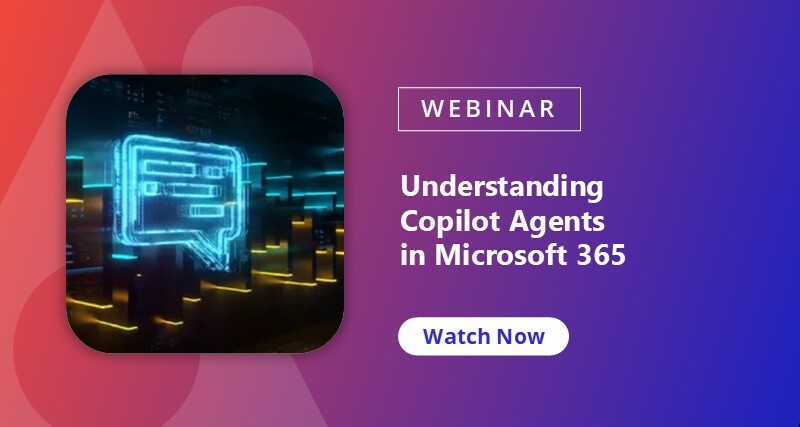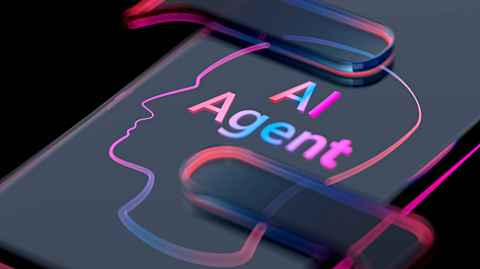Generative AI (GenAI) is reshaping the workplace — offering productivity gains of 18% to 40% depending on the task and context the tools were used for, according to a 2024 report by the World Economic Forum in collaboration with PwC.
Yet many IT leaders still wonder: What distinguishes GenAI from agentic AI, and how can organizations harness both to drive real business value?
The truth is, most are still determining optimal applications across content creation, competitive intelligence, customer service, and other use cases for autonomous decision-making. This uncertainty around GenAI and agentic AI optimization can limit your ROI.
This blog post explores the key differences between GenAI and agentic AI, examining various use cases to demonstrate how organizations can leverage these technologies to maximize AI investments, and address specific needs and challenges. Read on if you want to understand the difference between them to help unlock their transformative potential.
GenAI and Agentic AI Defined
Before exploring practical applications, it’s crucial to understand the fundamental concepts that distinguish these two AI approaches. While both leverage machine learning capabilities, they serve distinctly different purposes in enterprise environments.
GenAI
GenAI uses advanced algorithms to generate new content, such as text, images, and code, by learning patterns from existing data. GenAI can revolutionize the digital workplace by streamlining content creation, enhancing decision-making with data-driven insights, and accelerating innovation through creative solutions, ultimately driving efficiency and competitive advantage.
Agentic AI
Agentic AI goes beyond content creation to autonomous decision-making and task execution. It can plan, reason, and act independently to achieve specific goals. Think of an AI that not only drafts a report but also routes it for approval, monitors compliance deadlines, and alerts stakeholders — all without human intervention.
Agentic AI transforms operations by automating complex processes, optimizing resource allocation, and enhancing strategic planning, leading to smarter decision-making and fostering a more agile organization. For example, an AI sales agent can autonomously qualify leads, schedule meetings, and follow up with prospects — freeing human reps to focus on closing deals and building relationships.
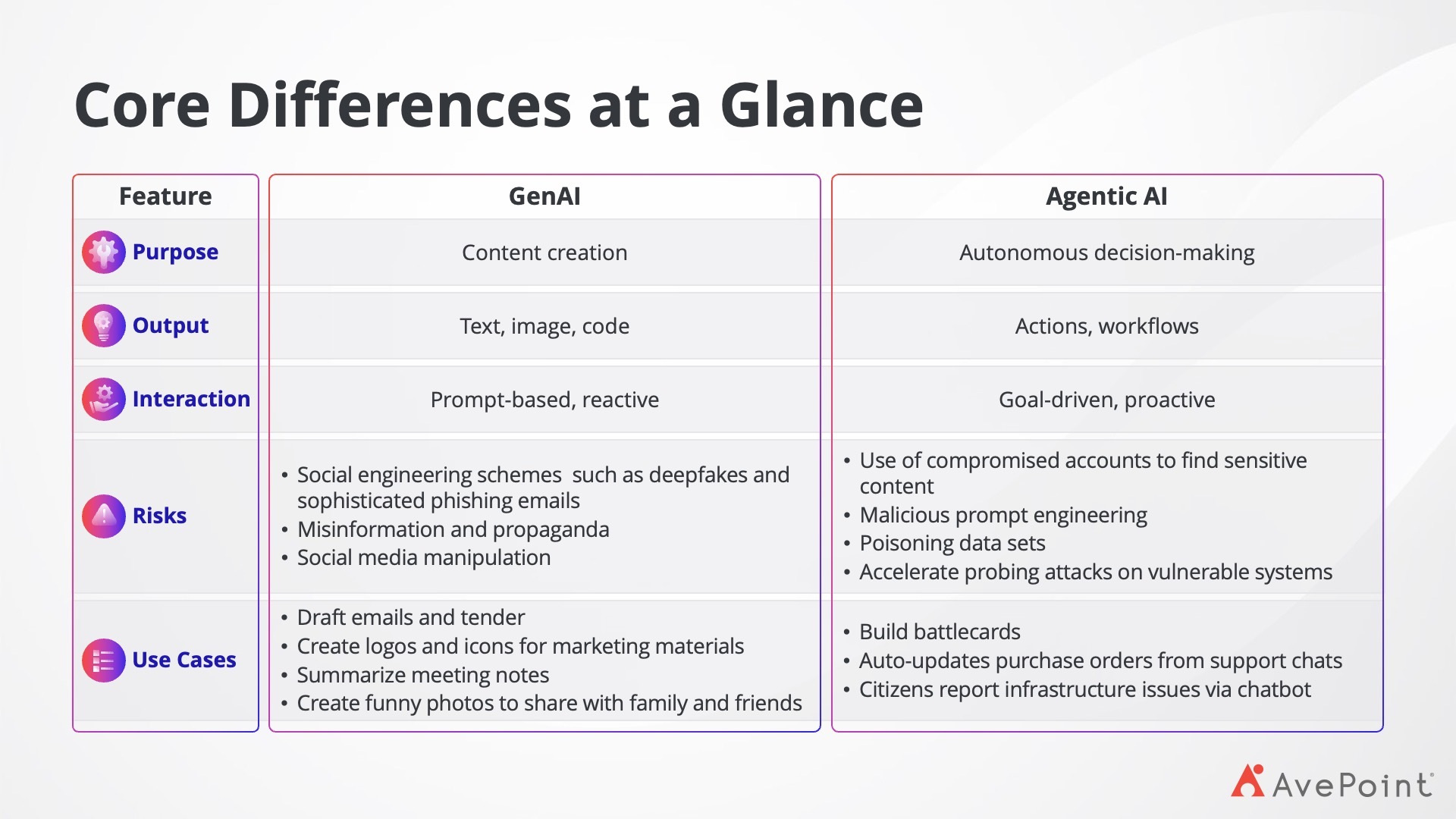
Figure 1. Core differences between GenAI and agentic AI
For decision-makers, this distinction is crucial. GenAI excels at ideation and content generation, while agentic AI automates processes and drives operational efficiency — key for critical sectors like healthcare, where timely actions save lives, or finance, where compliance is mission-critical.
Under the Hood: How GenAI and Agentic AI Work
How Generative AI Works
GenAI follows a straightforward end-to-end process. First, it ingests and processes vast amounts of training data through neural networks and large language models (LLMs), learning patterns and relationships within that information. When a user provides a prompt or request, the system analyzes the input against its learned patterns. It then predicts the most appropriate response by calculating probabilities based on the training data. Finally, GenAI generates new content – whether text, code, images, or other outputs – that matches the user’s requirements. This entire cycle happens in seconds, making it highly responsive for content creation tasks.

Figure 2. The linear process of GenAI
How Agentic AI Works
Agentic AI operates through a more complex, continuous cycle. It begins by establishing specific goals and parameters for operation. The system then continuously monitors its environment through sensors, data feeds, or system integrations, collecting real-time information. Using rule-based logic combined with machine learning algorithms, it analyzes this incoming data against its objectives and current context. When conditions warrant action, the system autonomously executes decisions — whether adjusting parameters, triggering workflows, or initiating responses. It then monitors the outcomes of its actions, learning and refining its decision-making process for future scenarios.
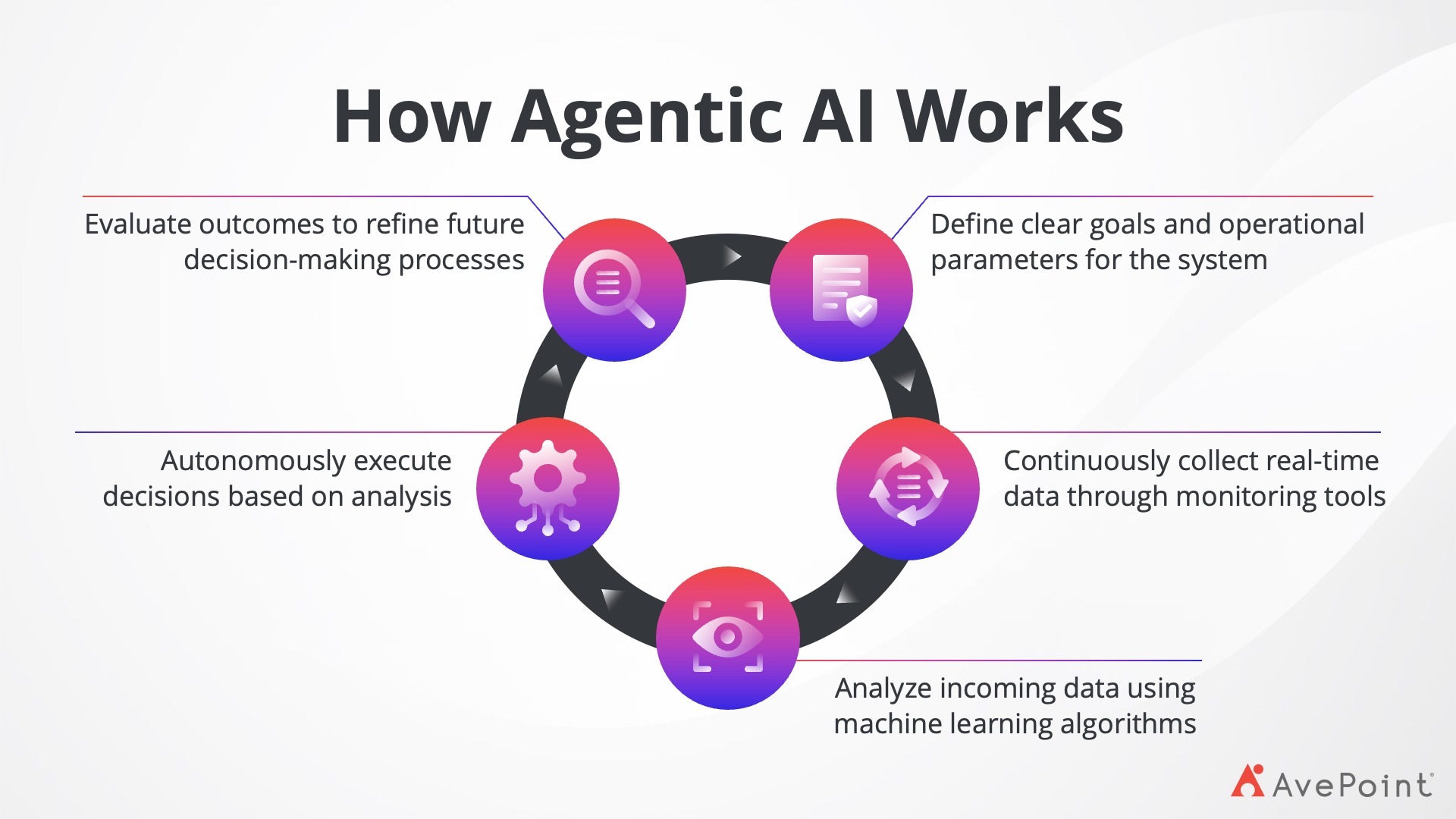
Figure 3. The cyclical process of Agentic AI
The key distinction: GenAI creates content on-demand, while agentic AI continuously acts to achieve specific objectives.
Practical Applications: Real-World Integrations of GenAI and Agentic AI
How can your organization combine the use of GenAI and agentic AI for workforce enhancement and job augmentation? Recent real-world examples demonstrate how enterprises are blending both AI tools for transformative results.
Healthcare
The Mayo Clinic piloted “VoiceCare AI” in early 2025 to automate back-office operations – an agentic AI use case – while leveraging GenAI for clinical note creation and data summarization, streamlining both administrative and clinical workflows. This initiative also minimizes human errors and improves efficiency, allowing healthcare professionals to dedicate more time to patient care.
Finance
JPMorgan Chase uses its “LLM Suite,” to generate reports and draft communications – a GenAI use case – while also embedding autonomous agents to perform complex multistep tasks to manage workflows and automate routine tasks for 160,000 employees. Powered by OpenAI’s ChatGPT, JPMorgan designed LLM Suite as a portal that allows users to tap external LLMs, with the ultimate goal of being able to seamlessly move across different models depending on the use case.
Transportation
With agentic AI, UPS revolutionizes logistics through ORION, autonomously optimizing delivery routes in real-time, saving 100 million miles and $300 million annually. Additionally, UPS integrates GenAI to enhance data processing and user interaction, utilizing frameworks like LangChain and GPTCache for sophisticated analysis and decision-making, and tools like ChatGPT for conversational interfaces, making data analysis accessible to non-technical users. This synergy streamlines workflows, reduces CO2 emissions, and achieves significant cost savings.
3 Reasons Why Knowing the Difference Impacts Your Bottom Line
For IT leaders navigating complex technology decisions, understanding these AI distinctions drives measurable business outcomes. Here are three compelling reasons why this knowledge directly impacts organizational success:
1. Strategic Resource Allocation and ROI Optimization
Understanding these distinctions enables decision-makers to allocate budgets and technical resources more effectively. GenAI excels at creative and content-generation tasks that drive innovation, while agentic AI delivers measurable operational efficiencies — like UPS saving $300 million annually through autonomous route optimization. Misallocating investments between these technologies can result in underwhelming returns and missed productivity gains that properly deployed AI delivers.
2. Risk Mitigation and Compliance Management
Each AI type presents unique governance challenges that require different oversight strategies. GenAI outputs need accuracy validation and content review, while agentic AI requires robust monitoring of autonomous decision-making processes. Failing to implement appropriate governance frameworks for each can expose organizations to compliance violations, especially in regulated industries like healthcare and finance where autonomous actions have direct regulatory implications.
3. Competitive Advantage Through Strategic Deployment
Organizations that strategically combine both technologies – using GenAI for insights generation and agentic AI for automated execution – create intelligent workflows that competitors using single-approach solutions cannot match. This integrated approach transforms operational capabilities while maintaining the innovation edge necessary for market leadership.
Aligning GenAI and Agentic AI Integrations with AvePoint
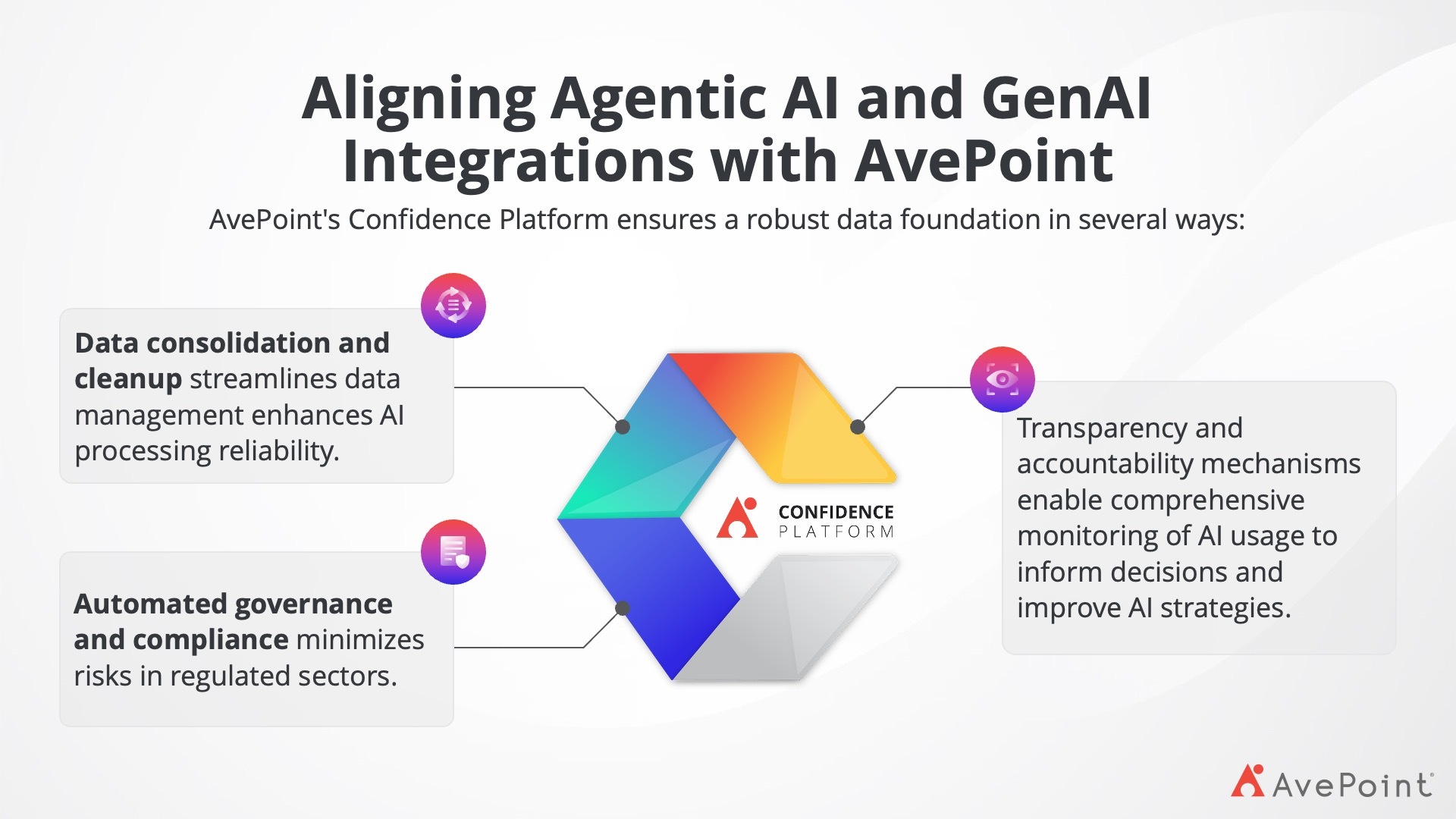
As organizations navigate the complexities of digital transformation, aligning GenAI and agentic AI is vital for maximizing their potential while ensuring robust governance.
AvePoint’s Confidence Platform empowers businesses to harness these technologies effectively, providing a secure data foundation that supports innovation.
In practice, this alignment translates to:
- Data consolidation and cleanup. AvePoint streamlines data management by providing tools to migrate and clean data. This ensures that only high-quality, relevant information is available for AI processing and ensuring that data is available to AI and not siloed, enhancing the reliability of AI outputs and decisions.
- Automated governance and compliance. AvePoint’s Confidence Platform enforces policies that protect sensitive data, ensuring compliance with regulations. Automation of governance processes minimizes risks associated with AI adoption, particularly in highly regulated sectors like healthcare and finance.
- Visibility and accountability. AvePoint offers comprehensive monitoring tools to track AI usage and compliance. This transparency empowers organizations to make informed decisions, refine their AI strategies, and foster a culture of accountability. We share related insights in this free eBook, 4 Data Governance Best Practices for AI Success.
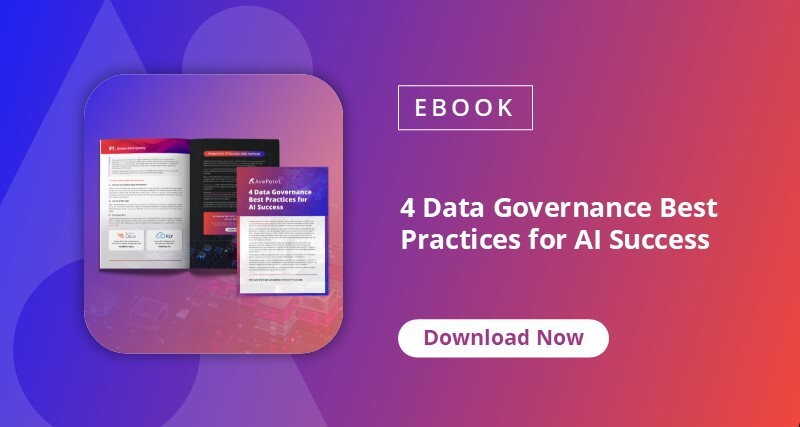
By integrating GenAI and agentic AI with AvePoint’s solutions, organizations can drive innovation while managing risks effectively. This strategic alignment sets the stage for achieving operational excellence and maintaining a competitive edge in the marketplace.
Harnessing Agentic AI and GenAI for Unprecedented Efficiency and Innovation
Understanding the differences between GenAI and agentic AI enables organizations to strategically allocate resources, mitigate risks, and leverage the unique strengths of both technologies. As companies increasingly adopt AI, it is essential to recognize that a strategic integration of GenAI and agentic AI is not just beneficial but imperative for thriving in today’s competitive landscape.
By combining the creative potential of GenAI with the autonomous capabilities of agentic AI, organizations can unlock new levels of efficiency and innovation. The future belongs to those who embrace this dual approach, transforming challenges into opportunities and setting themselves apart in a landscape where adaptability and strategic foresight are key to success. To thrive, organizations must not only recognize these distinctions but also act on them.
Discover how AI-powered agents are transforming the way we work with this free webinar on-demand, Understanding Copilot Agents in Microsoft 365. Watch now to unlock the power of AI in your workplace.
